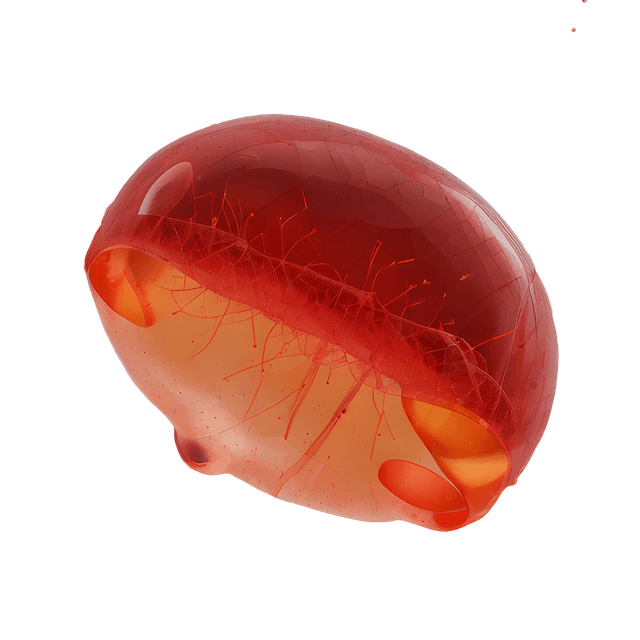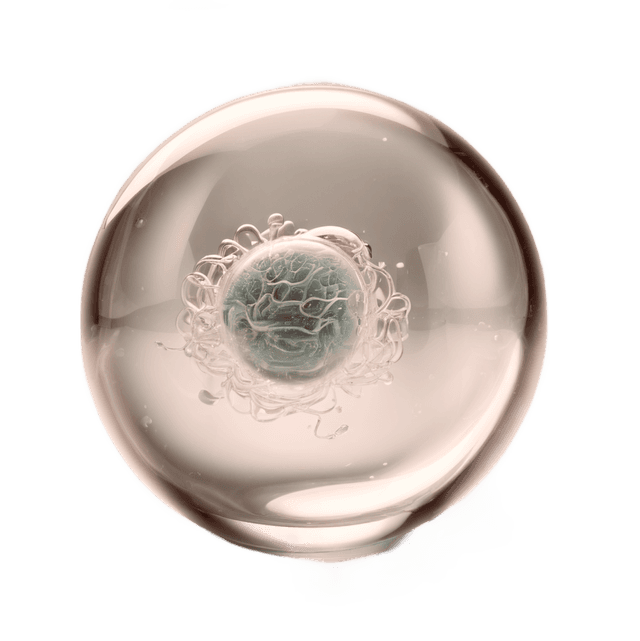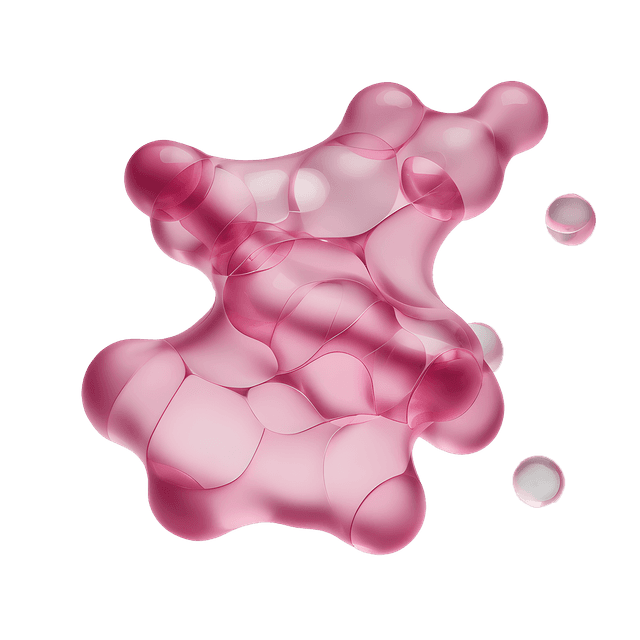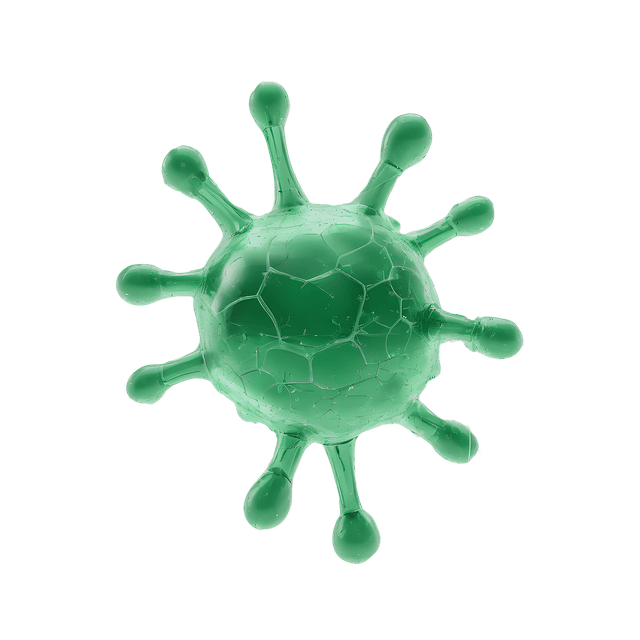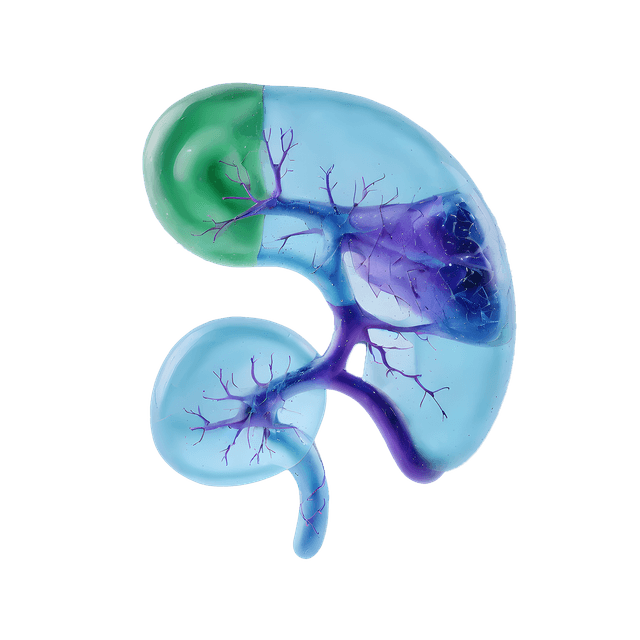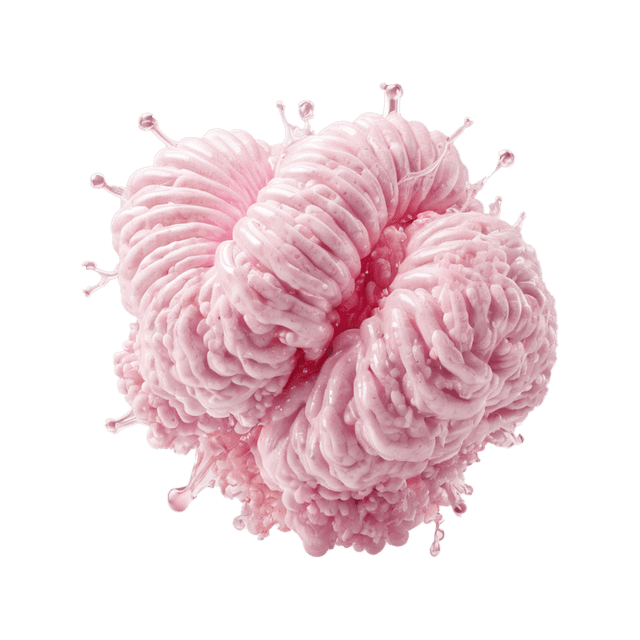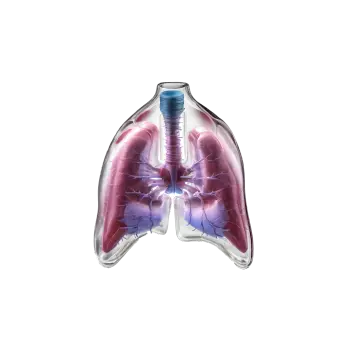What is amenorrhea?
Amenorrhea means that menstruation is completely absent. It is divided into two main types, primary and secondary amenorrhea. Here's how they differ:
- Primary amenorrhea: Menstruation has never started since puberty. This is defined as a person not having their first period by the age of 16 despite other signs of puberty. This can be due to congenital conditions, hormonal disorders or chromosomal abnormalities.
- Secondary amenorrhea: You have had menstruation before but it has then stopped for at least three months without you being pregnant. It is much more common and can be caused by many different factors such as stress, severe weight loss, intense exercise, hormonal disorders or diseases.
A specific type of secondary amenorrhea is hypothalamic amenorrhea, which is caused by the hypothalamus, an area of the brain that controls hormone balance, lowering its signaling. Factors that can influence this include:
- Severe weight loss
- Energy deficit (e.g. in eating disorders)
- Hard physical exercise
- Psychological stress
Other changes in the menstrual cycle
Amenorrhea can also occur together with other problems and disorders with bleeding:
- Heavy menstruation (menorrhagia): Can sometimes be seen before menstruation fails, for example in the case of fibroids, hormonal imbalances or thyroid disorders.
- Intermenstrual bleeding: Light bleeding between menstrual periods can indicate hormonal disorders, ovulation disorders or changes in the uterine lining.
- Long-lasting menstruation: Menstruation that lasts more than 7 days can sometimes precede amenorrhea and indicate problems with ovulation or the uterine lining.
Common symptoms of amenorrhea
In addition to missing periods, the following symptoms may occur, depending on the cause:
- Mood swings or depression
- Reduced sex drive
- Weight changes
- Acne or increased hair growth
- Dry mucous membranes
- Hot flashes (with low estrogen levels)
- Fatigue and lack of energy
What can you do if you have amenorrhea?
How to treat it depends on the cause of the amenorrhea. In many cases, it is possible to get your period back by:
- Restoring energy balance (eating more, reducing exercise)
- Reducing stress levels
- Treating underlying diseases (e.g. PCOS, thyroid disorders, prolactinoma)
- Regulating hormone levels with medication
Hormone tests of FSH, LH, testosterone, TSH, free T4 and prolactin, ultrasound of the ovaries and uterus, and examination of important nutrients such as iron, vitamin D and vitamin B12, etc. are some of the investigations that can be performed. can do to gain insight into their values that may be contributing causes of missed periods and amenorrhea.


